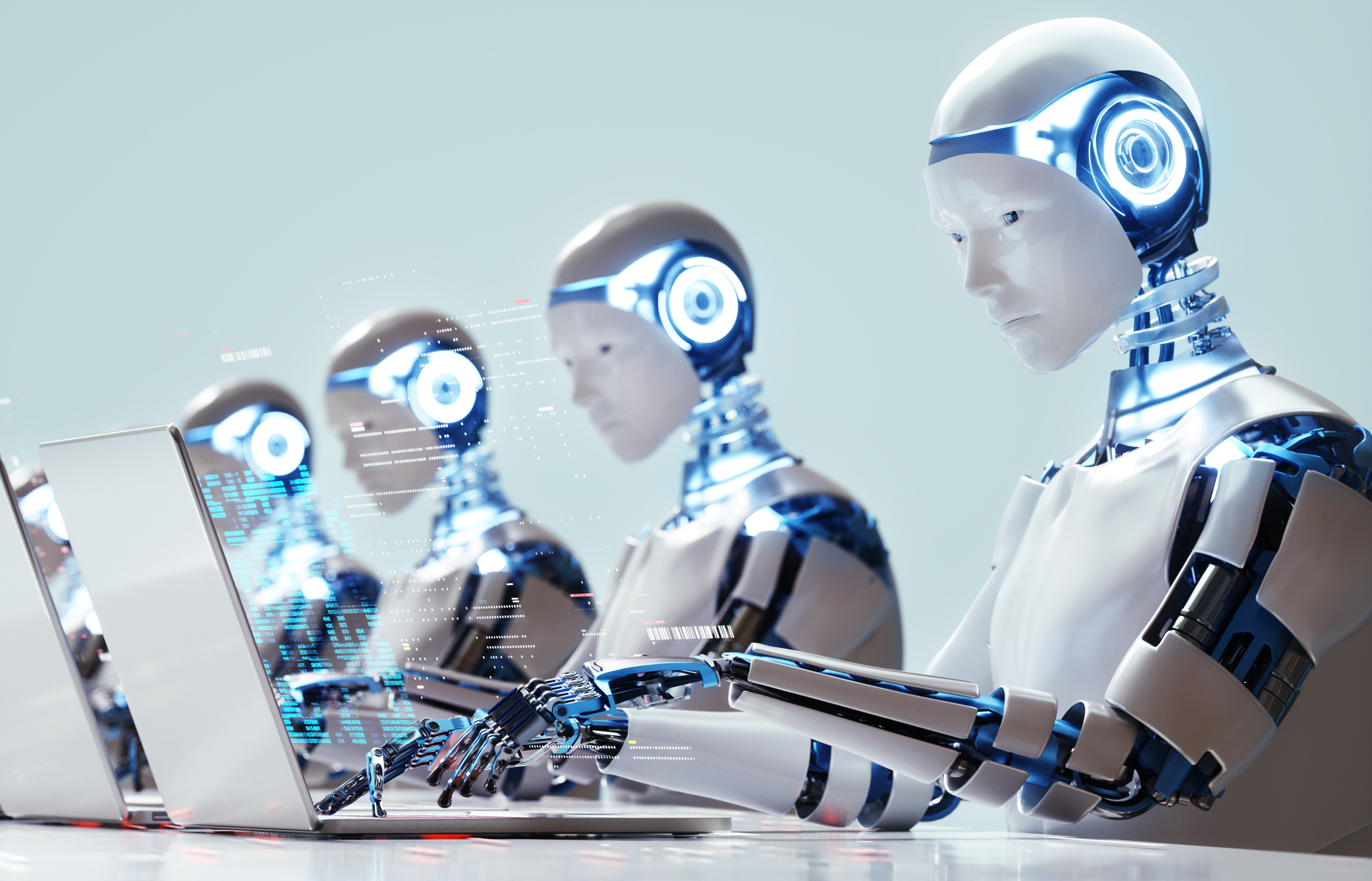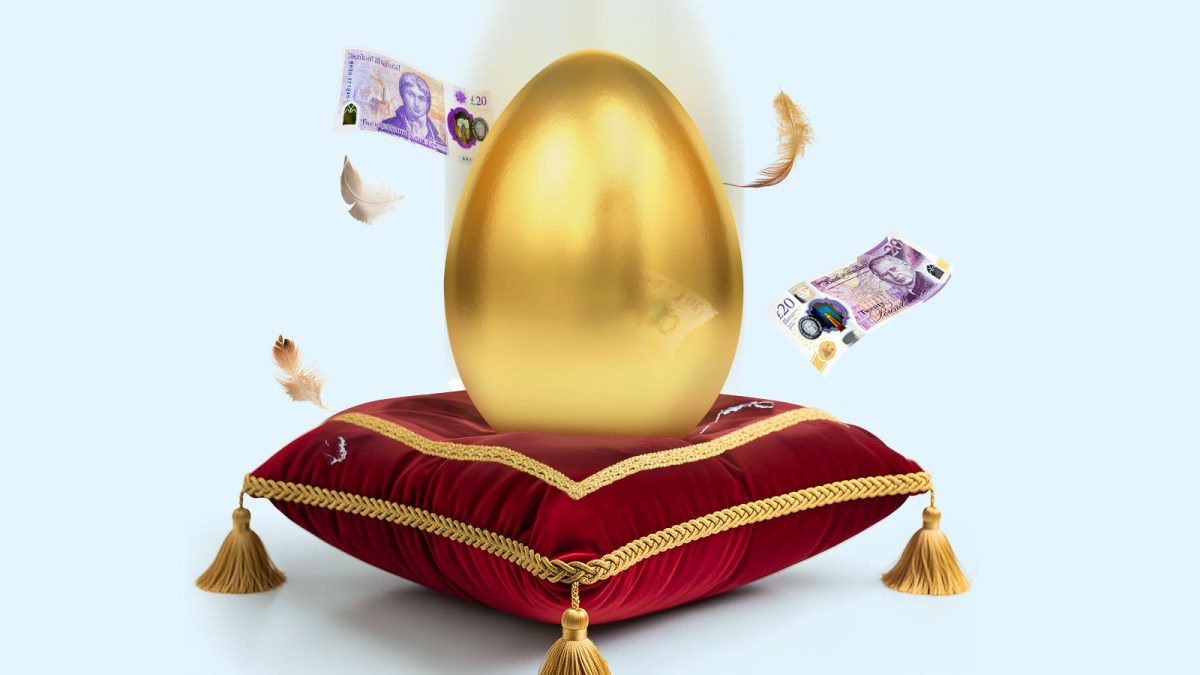Depending on who you believe, we are either on the brink of a devastating financial crash or it’s business as usual. Either way, there’s no denying that investors are getting nervous that the US stock market is in a bubble driven by the artificial intelligence (AI) boom.
If that bubble bursts, the value of investments could plummet overnight, upending millions of carefully laid financial plans. So is your money at risk, and what can you do?
The S&P 500, the main US stock market, has soared 17 per cent this year and 99 per cent over the past five years, driven mainly by the so-called Magnificent Seven tech stocks: the Google owner Alphabet; Apple; Amazon; Meta, which owns Facebook; Microsoft; Nvidia; and Tesla. They make up 35.7 per cent of the index.
• Is it a good time to invest in Apple?
These firms have benefited from the AI hype either because they make the chips that software companies need or because they are using AI in a way that investors hope will boost growth and productivity.
Yet one of Britain’s best-known tech investors, James Anderson, who managed the investment trust Scottish Mortgage between 2000 and 2022, said the “disconcerting” increases in the valuations of AI companies had echoes of the dotcom crash of the early 2000s.
A net £2 billion was withdrawn from equity funds in August, according to the Investment Association, with net outflows of £404 million from global funds (which also tend to be heavily invested in the US) and £91 million from North American funds.
Why are investors nervous?
In the late 1990s and early 2000s investors threw money at start-ups or companies involved with this exciting thing called the internet, regardless of whether they were profitable.
• Silicon Valley’s AI-fuelled madness has echoes of the dotcom crash
The Nasdaq Composite index, a US stock exchange dominated by tech firms, soared 199 per cent over 27 months and peaked at 5,048 points in March 2000. But by October 2002 it had fallen 78 per cent to 1,114 points and did not return to its previous highs until April 2015.
On the verge of the dotcom bubble in December 2001 the share price to earnings per share (p/e) ratio — a measure of how expensive a stock or index is — of the S&P 500 was 30.9, according to the market data company FactSet. Last month it was 28.9.
By contrast the FTSE 100 price-to-earnings ratio was 16.9 last month. The US market’s average p/e ratio over the past ten years has been about 19.
Jason Hollands from the investment platform BestInvest said: “Valuations for the AI big names are pricing in a lot of optimism. Essentially investors are hoping that future earnings growth will eventually more than justify the prices being paid now.”
The value of unlisted AI companies such as Anthropic and OpenAI, the creator of ChatGPT, has also soared. OpenAI is valued at $500 billion and Anthropic $170 billion.
The US investment firm GQG Partners said last month that it believed investors were “seemingly making a one-way bet on the AI mania while appearing to ignore alarming fundamental issues”. It expects the revenue growth of big US tech firms to slow over the next five years, limiting their ability to invest in AI.
Its report into AI said: “We believe it could be worse than the dotcom collapse … some are making an ill-advised bet on the AI boom with their clients’ retirement security on the line.”

Ensure you are not over exposed to US equities and AI stocks
GETTY IMAGES
S&P 500 companies increased AI investment 24 per cent in the second quarter of 2025 compared with the same period last year, according to the investment bank Goldman Sachs. Some $368 billion has been invested this year by Alphabet, Amazon, Meta, Microsoft and the software company Oracle.
But when this “inevitably” slows, Goldman Sachs said, it could have a domino effect on revenues and share prices. It said that if capital expenditure by the likes of Amazon and Microsoft fell back an extreme amount to 2022 levels then 15 to 20 per cent could be wiped off the value of the S&P 500.
Why others are more confident
David Kostin from Goldman Sachs said that the high valuations of US companies seemed “close to fair” because of strong company earnings and expectations that interest rates would be cut by the US Federal Reserve. Share prices tend to rise when interest rates are cut as consumers have greater spending power and firms can borrow more, so it is easier for them to grow.
The US central bank cut interest rates by 0.25 percentage points to a range of 4 to 4.25 per cent last month and four more cuts are expected by the end of 2026. The International Monetary Fund expects the US economy to grow 1.9 per cent this year and 2 per cent next year, the most of any advanced economy. Kostin expects the S&P 500 to return 8 per cent over the next 12 months.
Hollands said: “Investment bubbles have often appeared when cheap money and low interest rates have been driving risk-taking and increased use of debt financing. That isn’t the case now. AI took off when interest rates were going up and it has been funded primarily by equity investment rather than debt.
“The big AI beneficiaries are already huge, very profitable businesses and earnings growth is real. This is unlike the dotcom bubble, where many hot stocks were quite unproven financially and heavily indebted.”
• Why it isn’t too late to invest in AI
Where to put your money
The US makes up 65 per cent of the global stock market, so it is hard to avoid, but Russ Mould from the wealth manager AJ Bell suggested investing in tracker funds that aim to replicate the performance of the MSCI World ex USA index, which is up 26.6 per cent this year or the MSCI Emerging Markets index, up 28.9 per cent.
Those close to retirement or seeking a short-term investment could look at lower-risk alternatives, such as multi-asset or mixed investment funds, which hold a combination of shares, bonds and other assets like cash and property.
And then there is gold, often considered a safe haven investment in turbulent times. Its price has risen from $2,607 per troy ounce to $3,893 this year. You can get exposure to gold through a cheap tracker fund, such as the iShares Physical Gold exchange traded commodity (ETC), which is up 36 per cent in a year.
Hollands said: “While I am not in the camp that thinks they can accurately predict imminent crashes — those types of predictions are usually wrong — I think these are times to tread with care and make sure you are not over exposed to US equities and AI darling stocks, rather than avoid them altogether.”
